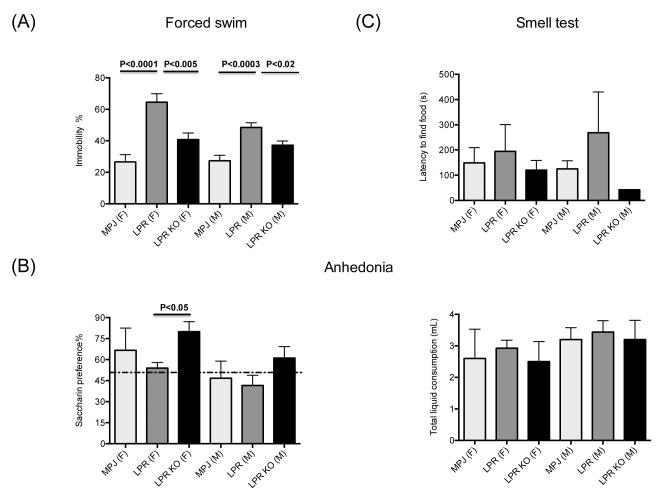Figure 3. Depression like behavior is ameliorated in MRL/lpr Fn14KO mice.
(A) Forced swim test was performed on 10-20 week old MRL/+ (“MPJ”)(10 females (F), 10 males (M)), MRL/lpr Fn14WT (“LPR”) (10F/14M) and MRL/lpr Fn14KO (“LPR KO”)(8F/13M) mice. (B) Lack of preference for sweetened liquids (anhedonia) was measured by comparing the amount of fluid intake in individual 10-20 week old MRL/+ (“MPJ”) (5F/5M), MRL/lpr Fn14WT (“LPR”) (8F/9M), and MRL/lpr Fn14KO (“LPR KO”) (6F/6M) mice given a choice of drinking from two identical water bottles, one containing artificially sweetened water (left panel). Normal mice are expected to have >50% preference for sweetened fluid (above the dotted line). The right panel shows the total amount of fluid (sweetened and unsweetened) consumed by the mice in each group in this experiment. (C) Olfactory competency was assessed in 10-20 week old MRL/+ (“MPJ”)(5F/5M), MRL/lpr Fn14WT (“LPR”) (5F/2M) and MRL/lpr Fn14KO (“LPR KO”) (4F/1M) mice by measuring the time to uncover buried food. Subsequent figures utilize the same designations for each genotype, with the (F) and (M) label after the genotype in the figure legend denoting female and male mice, respectively.

